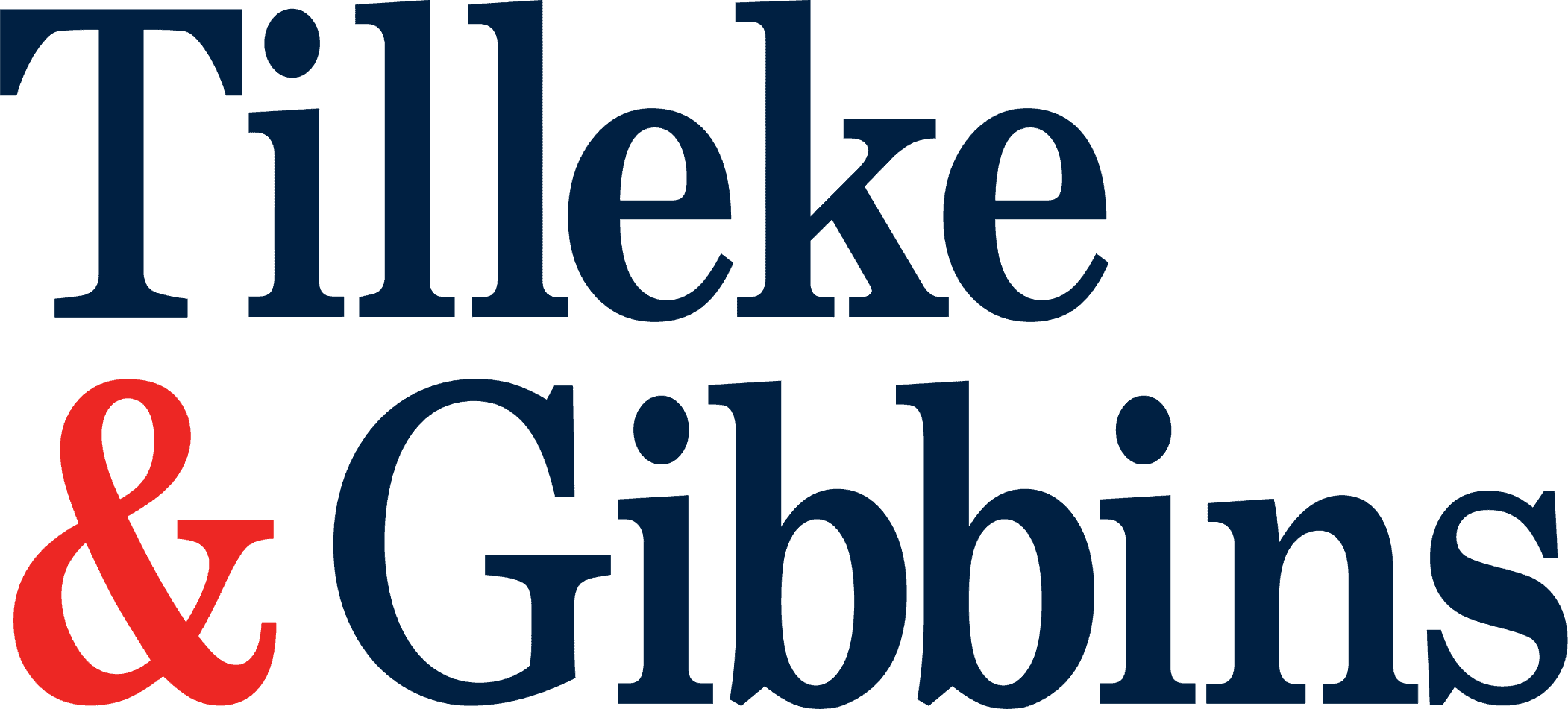
Peer-to-peer (P2P) lending has been introduced as an additional option in Thailand’s fintech landscape. This innovative lending model offers new opportunities for both lenders and borrowers, while also presenting unique regulatory challenges. This article explores the current state of P2P lending in Thailand, focusing on the regulatory framework and the requirements for platform providers, borrowers, and lenders.
Regulatory Framework for P2P Lending
In Thailand, P2P lending platforms fall under the purview of Revolutionary Council Decree No. 58, which regulates lending businesses. The Bank of Thailand (BOT) recognizes the potential benefits of P2P lending platforms in providing lenders with new investment opportunities and offering borrowers additional sources of funds.
A “P2P platform provider” is defined as a person who provides an electronic system or network for peer-to-peer lending. To ensure the security and stability of the P2P lending system and provide sufficient protection for platform users, the BOT has established a regulatory framework with specific requirements for P2P lending platforms.
Regulatory Sandbox Requirement
One unique aspect of Thailand’s approach to P2P lending regulation is the requirement for platforms to participate in a regulatory sandbox before applying for a P2P lending platform license. This sandbox approach allows the BOT to closely monitor and assess the operations of P2P platforms in a controlled environment before granting full operational licenses.
Requirements for P2P Platform Providers
To obtain a P2P lending platform license, applicants must meet several criteria, including:
- The applicant may not be a financial institution.
- The company must be incorporated in Thailand.
- A minimum paid-up registered capital of THB 5 million is required.
- At least 75% of the voting shares sold must be owned by Thai nationals.
These requirements aim to ensure that P2P lending platforms have a significant local presence and adequate capital to operate responsibly.
Regulations for Borrowers and Lenders
The BOT has also established guidelines for both borrowers and lenders participating in P2P lending platforms in order to prevent conflicts of interest, guard against borrowers not having the capacity to repay their loans, and protect individual lenders from overexposure.
Borrowers must be individuals capable of taking on and repaying debts and may not be directors, authorized persons, or major shareholders of the P2P lending platform. Lenders, on the other hand, may not be P2P lending platforms themselves and must pass a client suitability assessment before providing loans. In addition, lenders (excluding institutional investors, joint ventures, venture capital, or certain other specific investors identified by the Capital Market Supervisory Board) are limited to lending THB 500,000 within a 12-month period.
Outlook for P2P Lending in Thailand
The emergence of P2P lending in Thailand presents both opportunities and challenges. It has the potential to improve financial inclusion by providing access to credit for individuals and small businesses that may not qualify for traditional bank loans. For lenders, P2P lending platforms offer a new asset class for investment diversification.
Despite these promising attributes, P2P platforms face a strict regulatory environment, including the unique sandbox requirement. Risk management is also a concern, with platforms needing to develop systems for credit assessment and fraud prevention.
For fintech companies eyeing the Thai P2P lending market, understanding and complying with the regulatory requirements will be key. The future of P2P lending in Thailand may bring further refinement of regulations, and all stakeholders—platform providers, borrowers, lenders, and regulators—will need to adapt accordingly to drive the sector forward.

